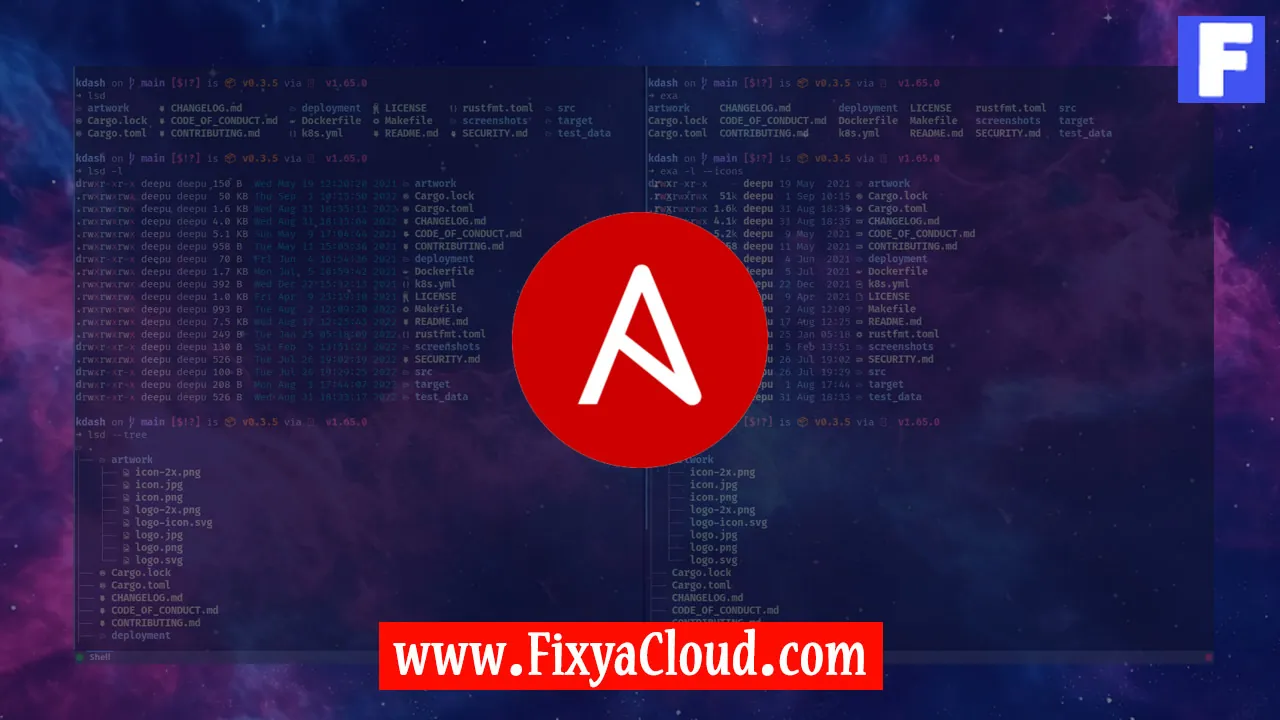Building Dynamic Infrastructure with Ansible and Terraform

In the ever-evolving landscape of IT, the demand for flexible and scalable infrastructure is at an all-time high. DevOps practices have gained immense popularity for their ability to streamline development and operations, and two powerful tools that play a pivotal role in this arena are Ansible and Terraform. This article will guide you through the process of building dynamic infrastructure by leveraging the strengths of both Ansible and Terraform.
I. Understanding Ansible and Terraform:
Before delving into the practical aspects, let's briefly understand the roles of Ansible and Terraform. Ansible excels in configuration management and automation, ensuring that systems are set up and maintained in a desired state. On the other hand, Terraform focuses on infrastructure as code (IaC), providing a way to create, modify, and version infrastructure efficiently.
II. Setting Up Your Environment:
Begin by installing Ansible and Terraform on your local machine. Use the following commands:
# Install Ansible
sudo apt-get update
sudo apt-get install ansible
# Install Terraform
wget https://releases.hashicorp.com/terraform/0.14.5/terraform_0.14.5_linux_amd64.zip
unzip terraform_0.14.5_linux_amd64.zip
sudo mv terraform /usr/local/bin/
III. Defining Infrastructure with Terraform:
Start by creating a Terraform configuration file, typically named main.tf. Define the infrastructure components you need, such as virtual machines, networks, and storage. Here's a basic example:
provider "aws" {
region = "us-east-1"
}
resource "aws_instance" "example" {
ami = "ami-0c55b159cbfafe1f0"
instance_type = "t2.micro"
}
Run the following commands to apply your Terraform configuration:
terraform init
terraform apply
IV. Automating Configuration with Ansible:
Now, let's enhance the setup by using Ansible to automate the configuration of the infrastructure. Create an Ansible playbook, e.g., configure.yml, to install packages and perform other tasks:
---
- hosts: your_instance_ip
become: true
tasks:
- name: Install Apache
apt:
name: apache2
state: present
Execute the Ansible playbook:
ansible-playbook configure.yml
V. Dynamic Infrastructure Updates:
One of the advantages of this setup is the ability to make dynamic changes to the infrastructure. Update your Terraform configuration, apply the changes, and let Ansible automatically configure the updated resources.
resource "aws_instance" "example" {
ami = "ami-0c55b159cbfafe1f0"
instance_type = "t2.small" # Updated instance type
}
terraform apply
ansible-playbook configure.yml
VI. Scaling Resources:
To showcase the scalability, use Terraform to create multiple instances:
resource "aws_instance" "example" {
ami = "ami-0c55b159cbfafe1f0"
instance_type = "t2.micro"
count = 3
}
Apply the changes:
terraform apply
ansible-playbook configure.yml
VII. Monitoring and Logging:
Integrate monitoring tools like Prometheus and Grafana with Ansible to ensure your dynamic infrastructure is well-monitored. Adjust your Ansible playbook accordingly.
VIII. Versioning and Collaboration:
Utilize version control systems like Git to manage your codebase, allowing for collaboration and easy rollback to previous configurations.
IX.
Building dynamic infrastructure with Ansible and Terraform empowers you to adapt to changing requirements swiftly. The combined strengths of automation and infrastructure as code enhance scalability, reliability, and maintainability.
Related Searches and Questions asked:
That's it for this topic, Hope this article is useful. Thanks for Visiting us.
